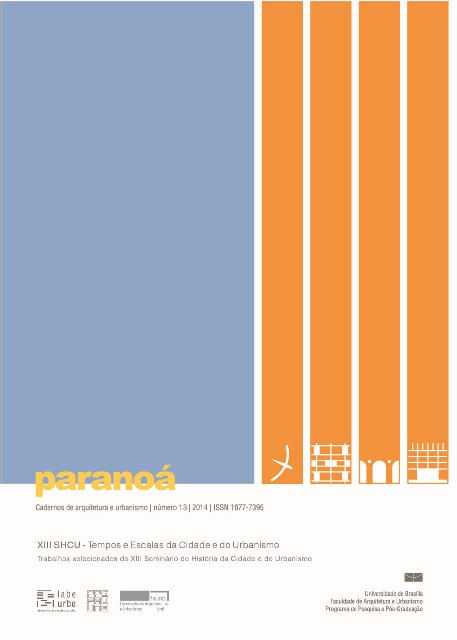A fixação da Igreja no território cearense durante o século XVIII: algumas notas
DOI:
https://doi.org/10.18830/issn.1679-0944.n13.2014.12044Keywords:
Captaincy of Ceará, Church, Portuguese state, Economic agentsAbstract
Ceará state, Brazil, underwent late colonization. During the eighteenth century, cattlemen and their herds crossed its territory. The settlement of these cattlemen (the hinterland’s sesmeiros or land grantees), as well as of the Church ”“ which domesticated the indigenous population that resisted the expansion of the breeding area ”“, together with the role played by the Portuguese State (with the founding of villages in Ceará), resulted in capitalization around livestock farming as a commercial activity. The cattle farm scattered throughout the hinterland was the headquarters of the occupation. Lands adjacent to farms were donated to saints by the conquerors themselves for the performance of religious acts. Some of the earliest chapels of the territory were erected in these lands, whereas others were built in the initial settlements. During the course of the century, the Portuguese State demarcated parish areas while constructing religious buildings on sites that had been granted by the Bishop of Pernambuco. Possibly due to the low profitability of livestock farming, only one freguesia colada (or parish which received ecclesiastical benefits) was founded in Ceará during the eighteenth century, confirming that the territory aroused little interest in Portugal.
Downloads
Downloads
Published
How to Cite
Issue
Section
License
Autores que publicam nesta revista concordam com os seguintes termos:
- Autores mantém os direitos autorais e concedem à revista o direito de primeira publicação, com o trabalho simultaneamente licenciado sob a Licença Creative Commons Attribution que permite o compartilhamento do trabalho com reconhecimento da autoria e publicação inicial nesta revista. http://creativecommons.org/licenses/by/4.0
- Autores têm autorização para assumir contratos adicionais separadamente, para distribuição não-exclusiva da versão do trabalho publicada nesta revista (ex.: publicar em repositório institucional ou como capítulo de livro), com reconhecimento de autoria e publicação inicial nesta revista.
- Autores têm permissão e são estimulados a publicar e distribuir seu trabalho online (ex.: em repositórios institucionais ou na sua página pessoal) a qualquer ponto antes ou durante o processo editorial, já que isso pode gerar alterações produtivas, bem como aumentar o impacto e a citação do trabalho publicado (Veja O Efeito do Acesso Livre).















